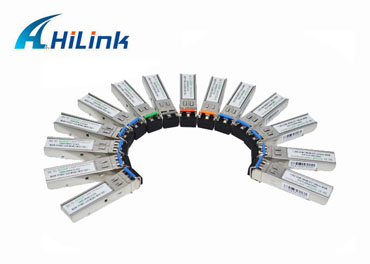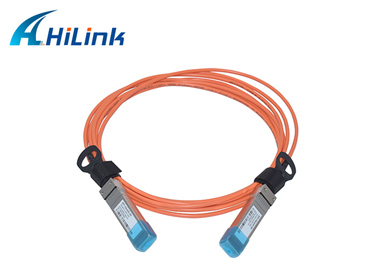Single Mode vs Multimode Fiber Cable: Which One to Choose?
Nov. 09, 2022
Although single-mode fiber (SMF) and multimode fiber (MMF) optic cable types are widely used in diverse applications, the differences between single mode fiber and multimode fiber optic cables are still confusing. This article will focus on the basic construction, fiber distance, cost, etc., to make an in-depth comparison between single mode and multimode fiber types.
Overview of Single Mode vs Multimode Fiber Optic Cable
Single-mode means the fiber enables one type of light mode to be propagated at a time. While multimode means the fiber can propagate multiple modes. The differences between single mode and multimode fiber optic cable mainly lie in fiber core diameter, wavelength & light source, bandwidth, color sheath, distance, and cost.
Core Diameter
Single mode fiber core diameter is much smaller than multimode fiber. Its typical core diameter is 9 µm even if there are others available. And multimode fiber core diameter is 50 µm and 62.5 µm typically, which enables it to have a higher "light-gathering" ability and simplify connections. The cladding diameter of single mode and multimode fiber is 125 µm.
The attenuation of multimode fiber is higher than SM fiber because of its larger core diameter. The fiber core of single mode cable is very narrow, so the light that passes through these fiber optical cables is not reflected too many times, which keeps the attenuation to a minimum.
Dual Fiber 155m 4.25g SFP Transceivers
System Cost
To utilize the fundamental attributes of single mode fibers, which are generally geared towards longer distance applications, requires transceivers with lasers that operate at longer wavelengths with smaller spot-size and generally narrower spectral width. These transceiver characteristics combined with the need for higher-precision alignment and tighter connector tolerances to smaller core diameters result in significantly higher transceiver costs and overall higher interconnect costs for single mode fiber interconnects.
Fabrication methods for VCSEL-based transceivers that are optimized for use with multimode fibers are more easily manufactured into array devices and are lower cost than equivalent single-mode transceivers. Despite the use of multiple fiber lanes and multi-transceivers arrays, there are significant cost savings over single-mode technology employing single or multichannel operation over simplex-duplex connectivity. Multimode fiber system offers the lowest system cost and upgrades path to 100G for standard-based premises applications using parallel-optic based interconnects.
Installation Cost
Single-mode optical fiber often costs less than multimode fiber. When building a 1G fiber-optic network that you want to be able to go to 10G or faster on eventually, the savings on the cost of fiber for single-mode saves about half-price. While the multimode OM3 or OM4 fiber increases 35% in cost for SFP modules.
10G SFP AOC Cable
The single-mode optics are more expensive, but the labor costs of replacing the multimode are significantly higher, especially if that followed OM1—OM2—OM3—OM4. If you are willing to look at used ex-Fibre Channel SFPs, the price of single-mode 1G drops through the floor. If you have the budget and need 10G short connections, the economics at last check still support multimode. Keep an eye on those economics though, as history suggests that the price premium for single-mode will drop.
Wavelength & Light Source
Due to the large core size of multimode fiber, some low-cost light sources like LEDs (light-emitting diodes) and VCSELs (vertical cavity surface-emitting lasers) works at 850nm and 1300nm wavelength are used in multimode fiber cables. While the single-mode fiber often uses laser or laser diodes to produce light injected into the cable. And the commonly used single mode fiber wavelength is 1310 nm and 1550 nm.
Bandwidth
Multimode fiber bandwidth is limited by its light mode and the maximum bandwidth at present is 28000MHz*km of OM5 fiber. While single mode fiber bandwidth is unlimited theoretically because it allows only one light mode to pass through at a time.
Color Sheath
According to the TIA-598C standard definition, for non-military applications, single mode cable is coated with a yellow outer sheath, and multimode fiber is coated with an orange or aqua jacket. Find more details about the Fiber Optic Cable Color Code here.














